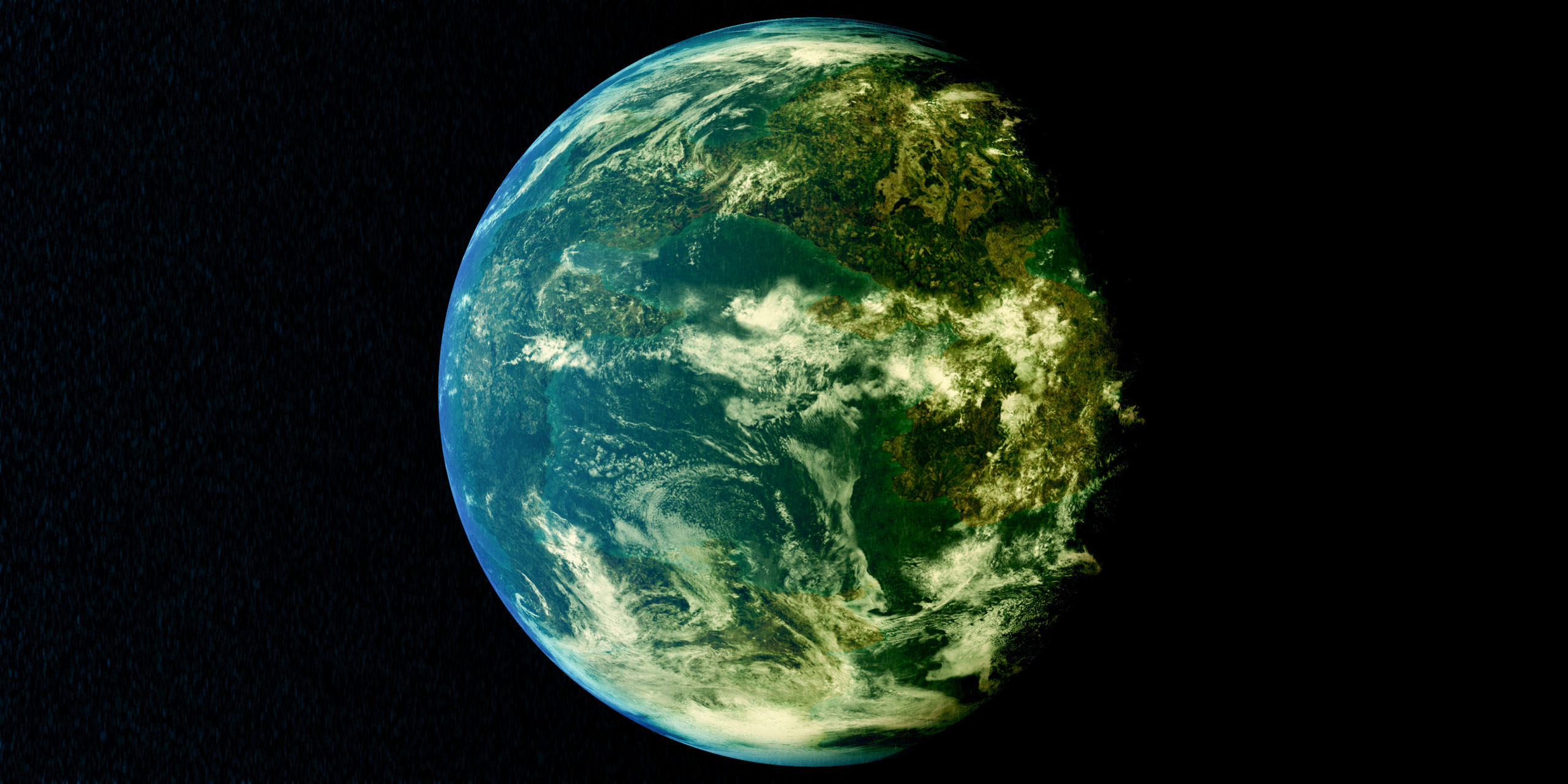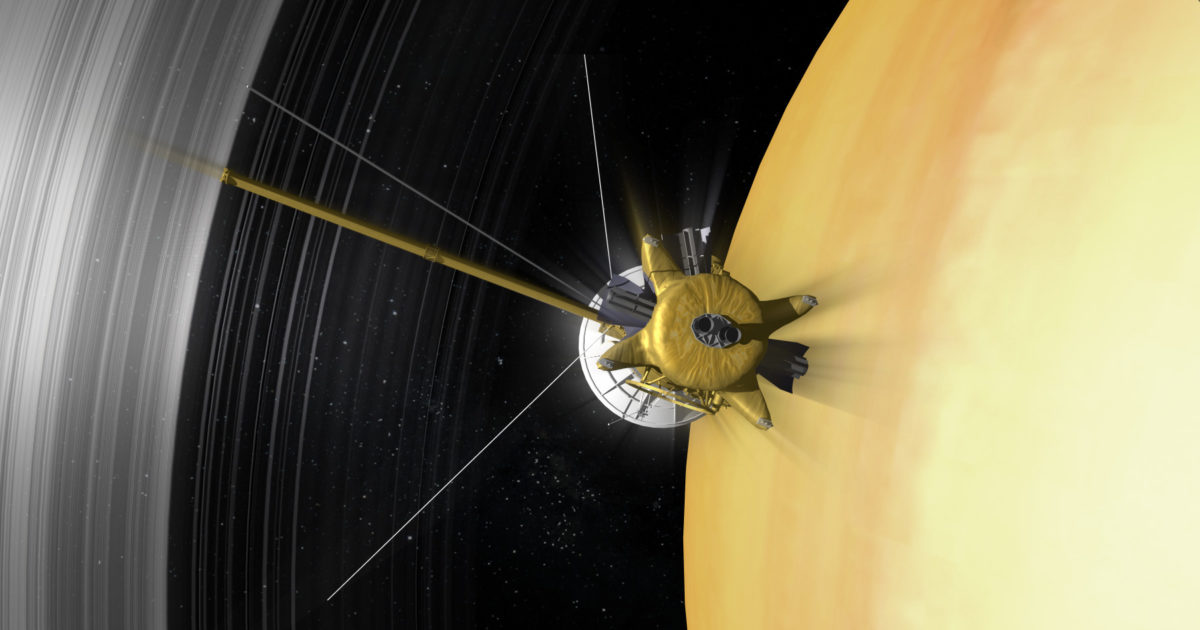Solar eclipse on April 8 dazzles sky watchers across Quebec An eclipse is a phenomenal astronomical event. The total solar eclipse on April 8 was beyond expectations,…


A recent study suggests that Earth-sized planets may be missed if they are orbiting one of two binary stars:
Earth-sized planets may be much more common than previously realized. Astronomers working at NASA Ames Research Center have used the twin telescopes of the international Gemini Observatory, a Program of NSF’s NOIRLab, to determine that many planet-hosting stars identified by NASA’s TESS exoplanet-hunting mission are actually pairs of stars—known as binary stars—where the planets orbit one of the stars in the pair. After examining these binary stars, the team has concluded that Earth-sized planets in many two-star systems might be going unnoticed by transit searches like TESS’s, which look for changes in the light from a star when a planet passes in front of it. The light from the second star makes it more difficult to detect the changes in the host star’s light when the planet transits.
Association of Universities for Research in Astronomy (AURA), “Astronomers uncover evidence that there could be many more Earth-sized planets than previously thought” at Phys.org (June 28, 2021)
Why does Earth size matter?
Liquid water, for one thing:
NASA’s Transiting Exoplanet Survey Satellite (TESS) has discovered its first Earth-size planet in its star’s habitable zone, the range of distances where conditions may be just right to allow the presence of liquid water on the surface. Scientists confirmed the find, called TOI 700 d, using NASA’s Spitzer Space Telescope and have modeled the planet’s potential environments to help inform future observations.
Jeanette Kazmierczak, “NASA Planet Hunter Finds its 1st Earth-size Habitable-zone World” at NASA (January 6, 2020)
The concept is called the “Goldilocks Zone” (neither too hot nor too cold:)
The inner edge of the habitable zone is defined by how close a planet can be to a star before a runaway greenhouse effect leads to the evaporation of all surface water. But, as Arnscheidt and his colleagues demonstrated, this definition doesn’t hold for small, low-gravity planets.
The runaway greenhouse effect occurs when the atmosphere absorbs more heat that it can radiate back out into space, preventing the planet from cooling and eventually leading to unstoppable warming that finally turns its oceans turn to steam.
However, something important happens when planets decrease in size: As they warm, their atmospheres expand outward, becoming larger and larger relative to the size of the planet. These large atmospheres increase both the absorption and radiation of heat, allowing the planet to better maintain a stable temperature. The researchers found that atmospheric expansion prevents low-gravity planets from experiencing a runaway greenhouse effect, allowing them to maintain surface liquid water while orbiting in closer proximity to their stars.
Leah Burrows, “A ‘Goldilocks zone’ for planet size” at The Harvard Gazette (September 10, 2019) The paper is open access.
So, it’s good news in general if more planets are Earth-like. We might need them.
Similar stories in recent years:
2010: Earthlike planets more common than thought (PhysicsWorld, October 28, 2010)
and
2013: Earth-sized planets in habitable zones are more common than previously thought (ScienceDaily, March 12, 2013)
You may also wish to read:
Aliens who landed here would just starve, a science writer predicts. We tend to assume that any life form could live with our complicated chemistry but what if — fundamentally — not? What if an intelligent life form landed on Earth with the opposite chirality to the one on which life forms on Earth depend = sugars right, amino acids left?


As darkness settled during last week’s total solar eclipse, Japanese macaques turned their backs to the sun and red crowned cranes went uncharacteristically quiet.
But the Himalayan black bears just slept as if nothing was happening.
A Quebec zoo took advantage of last Monday’s total solar eclipse to study the behaviours of some of its animals. The zoo’s research and conservation department was approached by an astrophysics professor from the Université du Québec à Montréal about taking part in an animal behaviour study and collecting data on how they reacted during the rare phenomenon.
Granby Zoo is located in the province’s Estrie region, which had among the best views of rare total solar eclipse in southern Quebec. While humans were enthralled, few studies have been carried out on animal reactions during the rare event.
Chelsey Paquette, conservation coordinator at Granby Zoo, about 65 kilometres east of Montreal, said the zoo jumped at the chance to be involved. A study will be published to present the findings.
“What we can take from it is that definitely luminosity does have an effect on animals and whatever data we find, the conclusions we can take from the species at the zoo can probably be extrapolated to wildlife species as well,” Paquette said.
“It’s a rare event, so to collect data during a rare event to better understand how luminosity in the presence of the sun can influence animals is quite unique.”
Observers logged the animals’ activities over two days in the week leading up to the eclipse, between 2 and 5 p.m. during the event itself and for another two days later in the week following it.
The reactions they saw varied.
The Japanese macaques, a monkey species native to Japan, for example, had a reaction to the eclipse that was the opposite of what the researchers anticipated.
“We expected them to be agitated and to group together and want to go to the nighttime habitats for example,” Paquette said. “But during the totality of the eclipse, it was almost like they stopped vocalizing, they stopped all their movements and they just turned their backs to the sun and were just Zen and calm.”
The Red-crowned cranes are normally quite vocal, but also went quiet when the eclipse reached totality, Paquette said.
The male red panda spent most of the afternoon walking around his enclosure in the afternoon but as soon as the eclipse came, he climbed up a tree and went and slept with the female during the entire totality, which she said was unusual.
Paquette was assigned to the Himalayan black bears.
“We thought they would probably move towards their nighttime habitat when the sun was completely covered, it was pretty much like nighttime,” Paquette said. “But the bears just continued to sleep throughout the afternoon and they didn’t really seem to be influenced by the solar eclipse.”
Tahrs, ungulates that are related to goats and sheep, normally spend their afternoons calmly resting, with half of those in the zoo usually lying down.
“But during the eclipse, actually 100 per cent of these animals were standing up, they were walking around, so this was actually quite a drastic change for them,” Paquette said.
The zoo tried to collect data on a wide range of species, including some that are typically active during the day and others that tend to be more nocturnal. One observation was that prey species had a stronger reaction to the eclipse than predator species, Paquette said.
“It’s just interesting, these little observations that we were able to make,” Paquette said.


|
|
Although governments around the world understand the value of basic science, it can be hard to prioritize its funding given the variety of competing needs within a nation. NASA’s space science programs in 2024 amount to roughly 0.1% of annual U.S. spending, which represents a decrease in recent years. As such, space science sometimes needs to rely on justifications beyond its intrinsic value.
In a famous 2007 speech, former NASA Administrator Mike Griffin differentiated between the “real” and “acceptable” reasons for exploring space. “Acceptable” reasons for space exploration are logical, quantifiable, policy-friendly justifications. The “real” reasons, on the other hand, are intuitive, grand, emotional, and difficult to quantify. Both types of reasons are valid, and together they help explain why space science is worth the investment.
Some of the “acceptable” reasons for space science involve economic payoffs. Research has found that countries that invest more in basic research, including space science, see a return on investment in their overall economic performance and growth. This effect is dispersed throughout the economy through highly skilled, well-paying jobs. It also has an indirect effect on the economy: Discovery leads to technology and invention, which leads to new products, jobs, and industries. While technology development isn’t the primary goal of space science, this kind of progress would eventually stagnate if basic scientific research were neglected.
Another policy-friendly reason to invest in space science is that many scientific missions are internationally collaborative and contribute to allyship with other nations. There is also the very pragmatic goal of understanding Earth, the planet on which we all depend, by studying other planets and their histories. Venus, for example, was once an Earth-like world that eventually devolved into an inhospitable hellscape. By understanding that planet, we can work to prevent a similar fate for our own.
But, as Griffin explains, much of what humans do, from falling in love with one’s spouse to enjoying one genre of music more than another, is based on emotional and intuitive motivations. This is a human characteristic, and it plays out in our drive to understand the Universe and our place within it. In many ways, this is why we invest in space science: we want to go to new places and discover new things, witness the beauty and majesty of the Cosmos, understand where we came from and what might be possible in our future, and achieve astonishing feats.
Awe, wonder, and inspiration are among the “real” reasons for conducting space science. These are benefits that people can enjoy but that are impossible to quantify or justify on a budget balance sheet. Still, they are some of the most powerful motivators for studying the Universe and our place within it.





Motorola's Edge 50 Phone Line Has Moto AI, 125-Watt Charging – CNET
Trump Media plunges amid plan to issue more shares. It's lost $7 billion in value since its peak. – CBS News




Latest investment in private health care in P.E.I. raising concerns – CBC.ca




Quebec employers group urges governments to base immigration on labour needs, not politics – CityNews Montreal




Investors are growing increasingly weary of AI – TechCrunch
Tesla to lay off 10% of its workforce as sales fall – CBC News
Search platform ranks Moncton real estate high | CTV News – CTV News Atlantic
Psychology group says infinite scrolling and other social media features are ‘particularly risky’ to youth mental health – NBC News